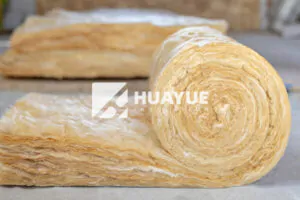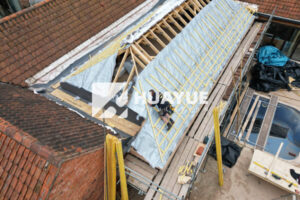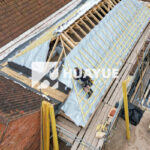Why Choose Fiberglass Insulation for Your Building Projects?
Every property owner wants to stay warm in winter and cool in summer. The right insulation helps solve comfort, efficiency, and cost concerns.
Fiberglass insulation is one of the most popular options because it balances performance, price, and easy installation. It keeps interiors comfortable and lowers energy bills by trapping heat or keeping it out.
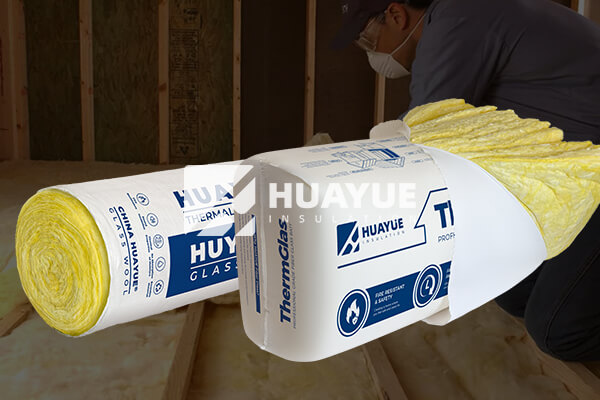
Homeowners and engineers need materials that work well, fit their budget, and last a long time. In this article, I’ll walk through the basics of fiberglass insulation, its strengths and weaknesses, and how it can affect your bottom line.
What is Fiberglass Insulation?
Most people want to avoid high energy bills and keep their homes cozy all year. Fiberglass insulation helps solve these worries.
Fiberglass insulation is made of fine glass fibers shaped into rolls, batts, or loose-fill forms. It is used to fill walls, attics, and floors to reduce heat flow and dampen sound.
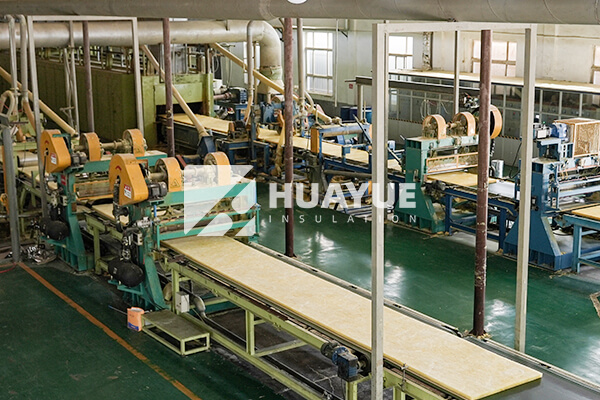
Fiberglass insulation works because countless tiny glass fibers slow heat movement. The fibers trap pockets of air, making it much harder for heat to move through. This makes living spaces more efficient and blocks outdoor noise. Let’s break down how it works, why R-value matters, and the material science behind it.
| Type | Form | Main Use |
|---|---|---|
| Fiberglass batts | Pre-cut panels | Walls, attics |
| Fiberglass rolls | Long sheets | Long runs, floors |
| Loose-fill | Blown-in | Small spaces |
How Fiberglass Insulation Works?
Heat loss is a big problem for homeowners. Fiberglass insulation helps stop it using simple science.
Fiberglass insulation traps air and slows heat transfer through walls, ceilings, and floors. Its structure blocks the flow of thermal energy, keeping rooms warm in winter and cool in summer.
Fiberglass’s effectiveness comes from its web of fibers. Air gets caught between these fibers, and because air is a poor conductor, less heat slips through. The fibers also block sound waves, so rooms stay quiet. This makes fiberglass not only an energy saver but also a noise reducer. The best results come when the insulation fully fills cavities with no gaps.
How the Structure Stops Heat
| Layer | Role | Effect on Heat |
|---|---|---|
| Glass fibers | Block conduction | Slow heat flow |
| Air pockets | Inhibit transfer | Trap energy |
What is R-Value?
People want to know how much insulation they need. R-value answers this question.
R-value measures how well insulation resists heat flow. The higher the R-value, the better the insulation performs; fiberglass typically has an R-value between 2.2 and 4.3 per inch.
Insulation is only as good as its R-value. You must match the R-value to your climate and needs. Areas with harsh winters need higher R-value to slow down heat loss. The thickness and density of fiberglass products affect their R-value. I always advise checking local building codes or working with a professional to decide what rating works for your project.
R-Value Table
| Climate Zone | Recommended R-Value | Application |
|---|---|---|
| Cold | R38-R60 | Attics, roofs |
| Moderate | R30-R49 | Walls, ceilings |
| Warm | R13-R19 | Floors, crawlspaces |
What is Fiberglass Made of?
It helps to know what you’re actually putting in your walls. Fiberglass is made from simple yet strong materials.
Fiberglass is made from sand, recycled glass, and other natural minerals processed at high temperatures. The result is fine, flexible threads woven into mats or spun into loose-fill materials.
These glass fibers are surprisingly tough. Manufacturers melt the materials in massive furnaces, turning them to liquid. They spin the molten glass rapidly and cool it to create fibers thinner than human hair. These fibers are then formed into sheets, rolls, or loose-fill insulation. Some brands bind or treat the fibers for more strength or less irritation.
Main Ingredients
| Ingredient | Purpose |
|---|---|
| Sand | Main raw material |
| Recycled glass | Sustainability |
| Binders | Shape and strength |
Fiberglass Insulation Pros and Cons
No solution is perfect. Fiberglass insulation has advantages and some drawbacks to think about.
Fiberglass insulation is fire-safe, cost-effective, and easy to install, but it can cause irritation and needs careful handling to avoid gaps or settling over time.
I’ve found fiberglass to be a reliable choice for low maintenance and high fire resistance. It does not burn or spread flames. The price is right for most budgets. The main downside is itchy fibers that irritate skin. Over time, it can sag if not installed well. I always wear protective gear during installation.
Quick Comparison
| Pro | Con |
|---|---|
| Affordable | Can irritate skin |
| Fire-resistant | Lower R than foam |
| Widely available | Can sag or settle |
| No moisture issues | Needs careful install |
Process of Installing Fiberglass Insulation
Property owners want projects done quickly and well. Installing fiberglass is simple if you follow the steps.
Install fiberglass insulation by cutting batts or rolls to fit and placing them between studs, joists, or rafters. Secure the insulation to avoid gaps for maximum efficiency.
First, I measure the cavity and cut the material so it fits snug. Next, I place the batts or rolls without compressing them, since squishing fiberglass lowers its R-value. For attics, loose-fill insulation can be blown in, especially for hard-to-reach areas. It’s important to seal around electrical outlets and plumbing for best results.
Steps for Installation
| Step | Task | Tip |
|---|---|---|
| Measure | Size the area | Use a tape measure |
| Cut | Trim insulation to fit | Wear gloves |
| Place | Fill space evenly | Avoid compressing |
| Finish | Seal gaps, cover edges | Inspect final result |
How Does Fiberglass Insulation Affect Energy Cost?
Everyone wants lower power bills. Proper insulation can provide big savings over time.
Fiberglass insulation keeps energy costs down by slowing heat loss, reducing the need for heating and cooling. This results in lower monthly energy expenses and less strain on HVAC systems.
I have seen homeowners cut their bills by as much as 20% when they upgrade insulation. The savings depend on climate, amount installed, and how well the house is sealed overall. The upfront cost of fiberglass is manageable, and the payback period is fast.
Savings Potential
| Upgrade | Typical Savings | ROI Timeframe |
|---|---|---|
| Add insulation | 10-20% per year | 2-5 years |
Choosing the Best Insulation for Your Home
Choosing insulation should match your needs, budget, and building conditions.
When selecting insulation, consider price, fire safety, R-value, and ease of installation. Fiberglass meets most criteria and suits many climates, but other materials may be better for specialty needs.
I always suggest comparing options by listing priorities—cost, safety, and local climate come first for me. I check the product warranty and certifications to make sure the product will last. Sometimes I blend fiberglass with other types to get the best mix of price and performance.
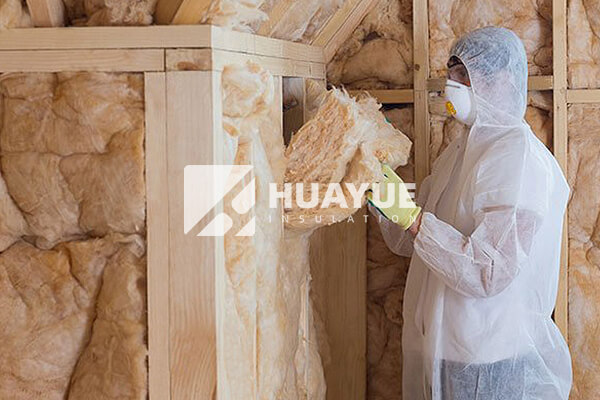
Decision Guide
| Priority | Fiberglass | Other Options |
|---|---|---|
| Price | Good | Varies |
| Safety | Excellent | Good to Best |
| R-Value | Good | Good to Better |
| DIY-friend | High | Varies |
Conclusion
Fiberglass insulation is cost-effective, easy to use, and performs well in many settings. It helps lower bills, improve comfort, and is safer than many alternatives.
You may also be interested in:
Ready to Get Started?
Get in touch with our experts for personalized solutions tailored to your needs.
Get Free QuoteLatest Articles
Let's Work Together
Ready to take your business to the next level? Get in touch with our team of experts and let's discuss how we can help you achieve your goals.
Get Free Solutions
